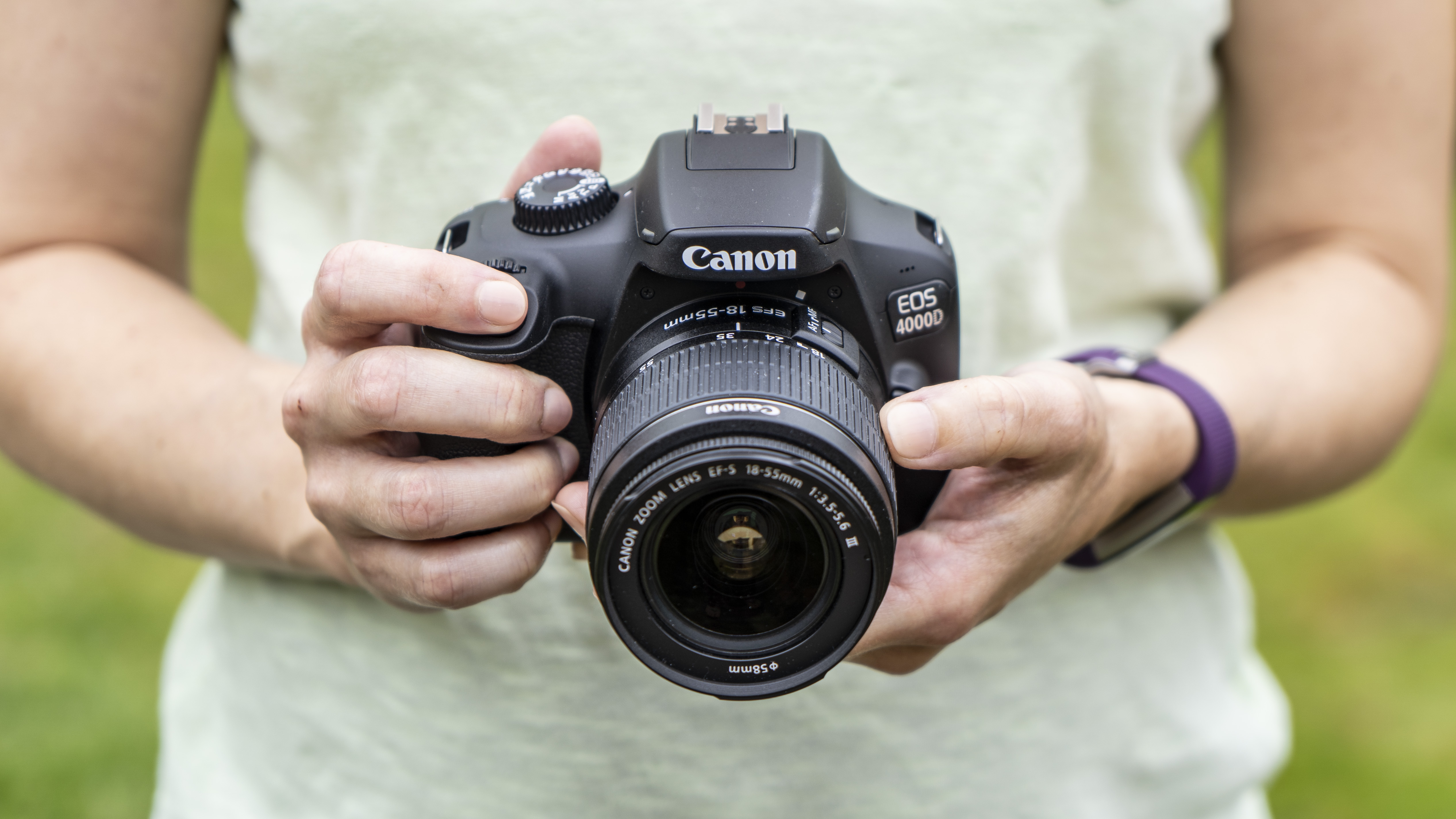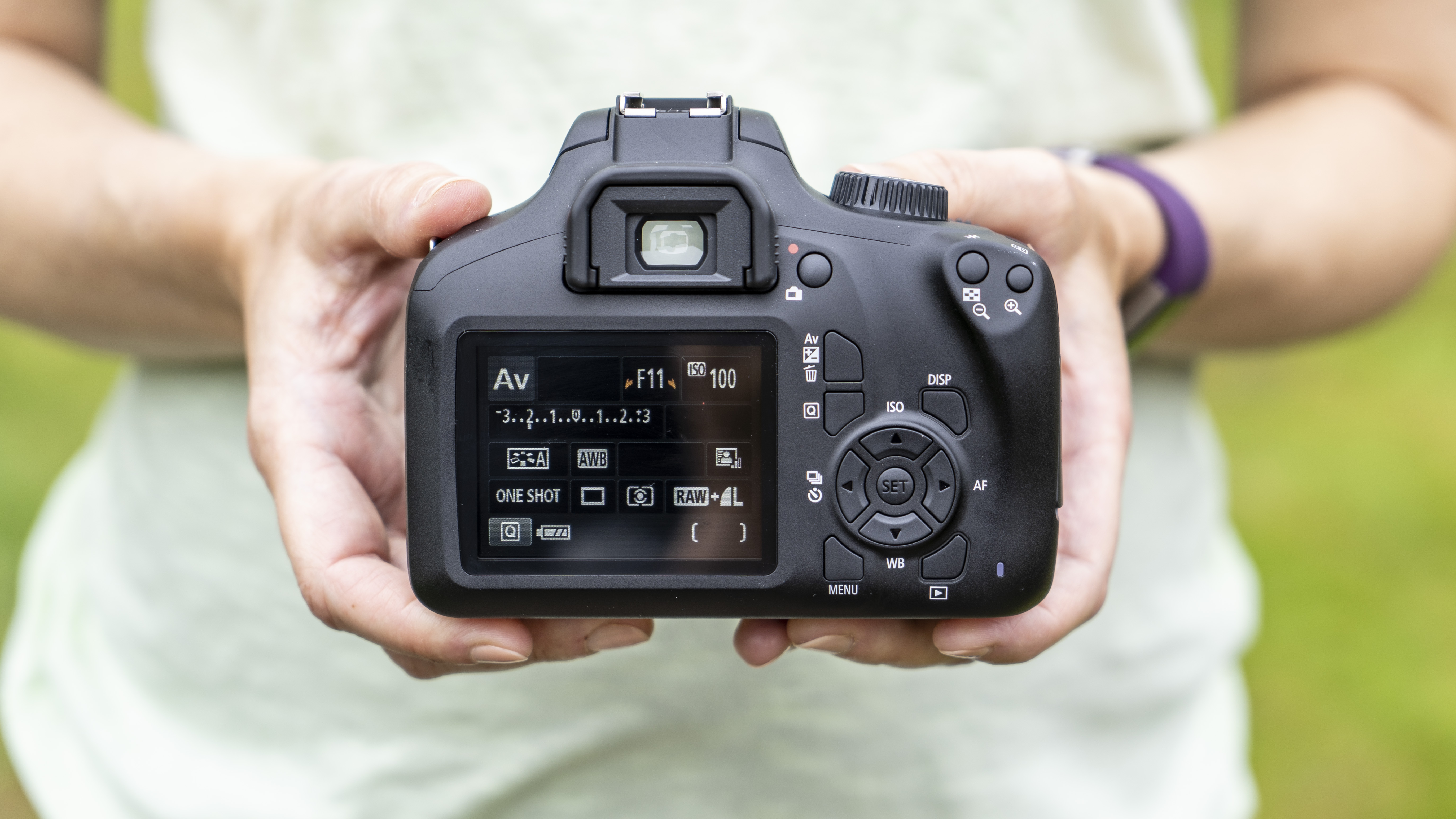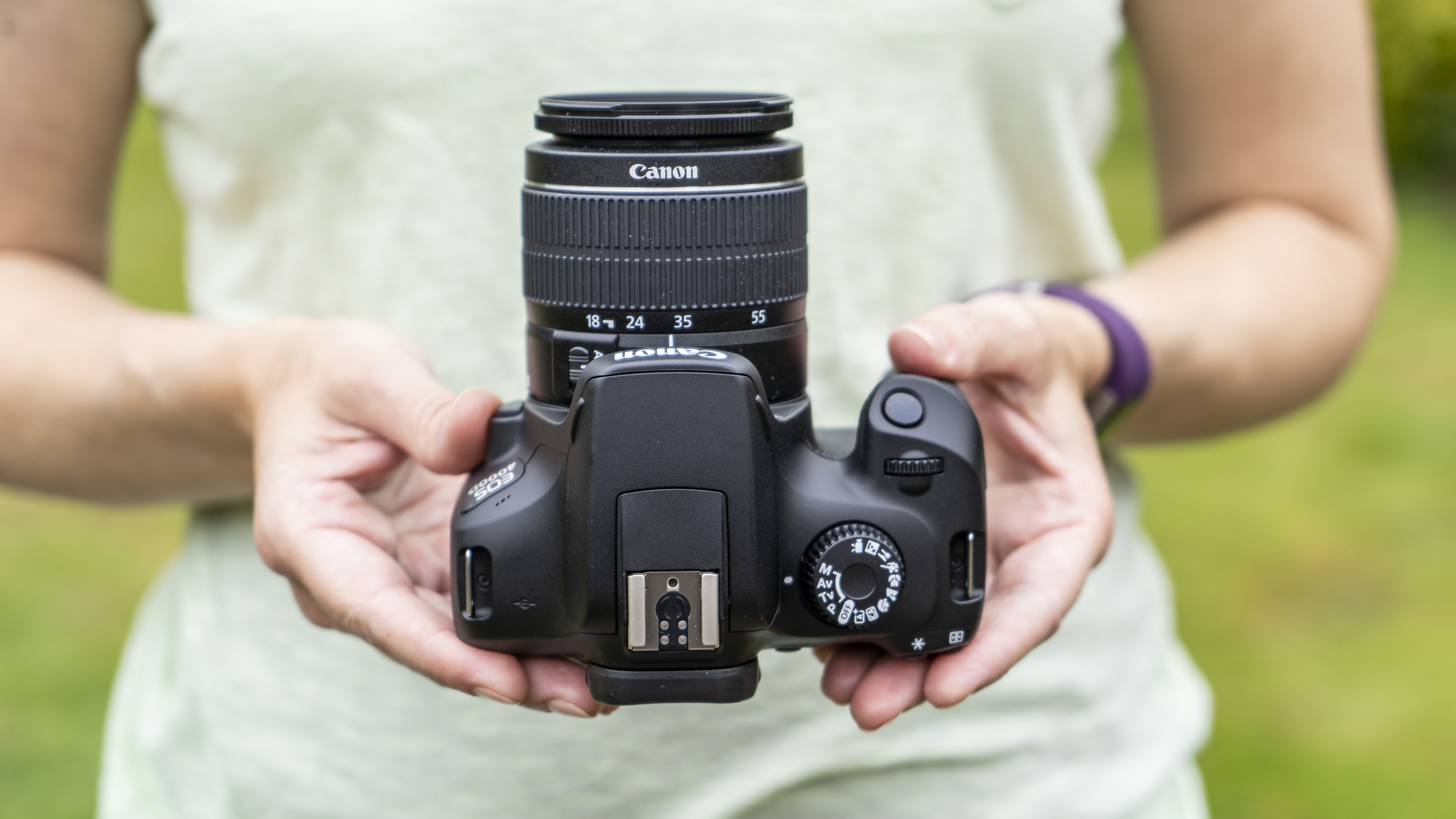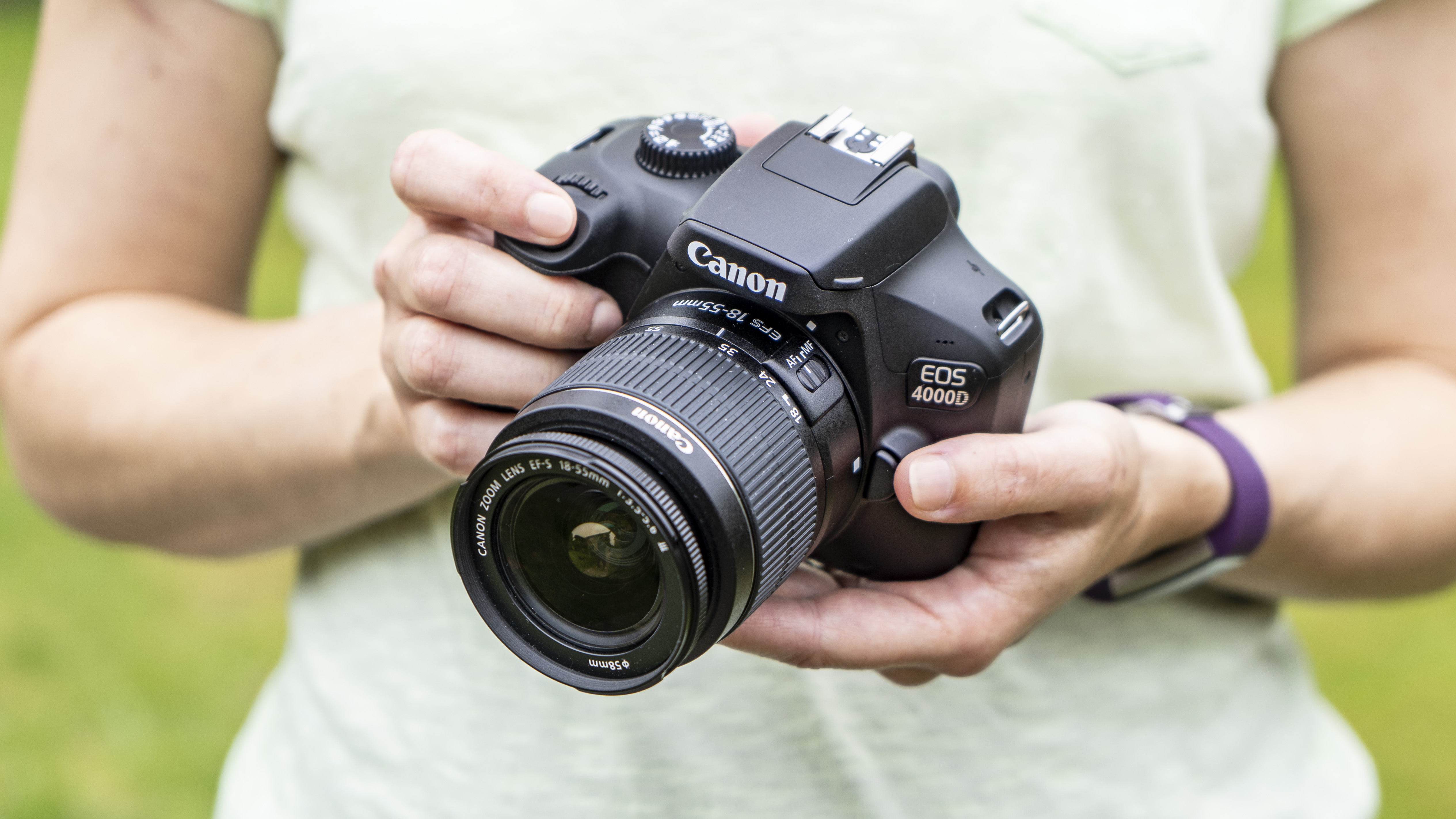TechRadar Verdict
With most of the EOS Rebel T100 / EOS 4000D made up of components from the parts bin for long-superseded Canon DSLRs, there's really nothing much to recommend this camera over rival entry-level DSLRs, apart, perhaps, from the price.
Pros
- +
Easy to use
- +
Logically laid-out controls
- +
Decent battery life
- +
Low price
Cons
- -
Dated 9-point AF
- -
Small and low-resolution screen
- -
Only 3fps burst shooting
- -
Plastic finish and lens mount
- -
No touchscreen
Why you can trust TechRadar
The EOS Rebel T100 (known as the EOS 4000D outside the US) is Canon's latest stripped-back entry-level DSLR, and while the naming convention may suggest otherwise it sits below the also-new EOS Rebel T7 / EOS 2000D in Canon's range.
Until now, the EOS model line designated by four digits (in all regions other than the US, where we've had the Rebel XS, T3, T5 and T6) has been Canon's no-frills entry-level DSLR. Until recently the 2000D held that dubious honor, but Canon obviously thinks there’s room for another camera that trims the fat even more, and – confusing nomenclature aside – the EOS Rebel T100 / EOS 4000D is the result.
Canon hopes the aggressively priced EOS Rebel T100 / EOS 4000D will appeal to new users who have been drawn into photography via their smartphones, and are now ready to make the next step.
However, those new users have become accustomed to large and intuitive touchscreen displays, and, significantly, Canon hasn't seen fit to include one on the EOS Rebel T100 / EOS 4000D – so will it feel like a step backwards rather than forwards?
Features
- 18MP sensor can trace its roots back to 2010
- Small and low-resolution screen
- Wi-Fi only
Sensor: 18MP APS-C CMOS
Lens mount: Canon EF-S
Screen: 2.7-inch, 230,000 dots
Burst shooting: 3fps
Autofocus: 9-point AF
Video: Full HD 1080p
Connectivity: Wi-Fi
Battery life: 500 shots
Weight: 436g
The EOS Rebel T100 / EOS 4000D inherits an aging 18MP sensor that can trace its roots back to the EOS Rebel T2i / EOS 550D, which was released in 2010. The latest tech this is not.
It's a similar story with the DIGIC 4+ image processor used in both the EOS Rebel T100 / EOS 4000D and EOS 2000D. To put it in perspective, we're now onto the eighth iteration of Canon's DIGIC processor, although the latest EOS DSLRs are using DIGIC 7 chips. Native sensitivity remains the same at ISO100-6,400, expandable up to 12,800.
The autofocus system is also pretty dated – it's the modest 9-point system that has been in Canon's arsenal since 2009. And while pretty much every DSLR in the last five years or so has featured a 3.0-inch rear display, Canon has actually shrunk the LCD on the EOS 4000D down to 2.7 inches, with the resolution also taking a tumble, down to 230k dots. And don't even think about touchscreen control.



The optical viewfinder delivers 95% coverage, which is pretty typical on a entry-level DSLR – so, as we always warn, it’s worth paying particular attention to the edges of the frame when reviewing your images, as there's a chance you'll find unwanted elements creeping into you shots.
There's Wi-Fi connectivity, but no NFC or Bluetooth Low Energy options, while video is capped at Full HD (1920 x 1080), with 30, 25 and 24fps frame rates available.
Save on top-quality cameras and accessories with our latest Canon coupon codes. Find great deals on gear for every shot.
Phil Hall is an experienced writer and editor having worked on some of the largest photography magazines in the UK, and now edit the photography channel of TechRadar, the UK's biggest tech website and one of the largest in the world. He has also worked on numerous commercial projects, including working with manufacturers like Nikon and Fujifilm on bespoke printed and online camera guides, as well as writing technique blogs and copy for the John Lewis Technology guide.

